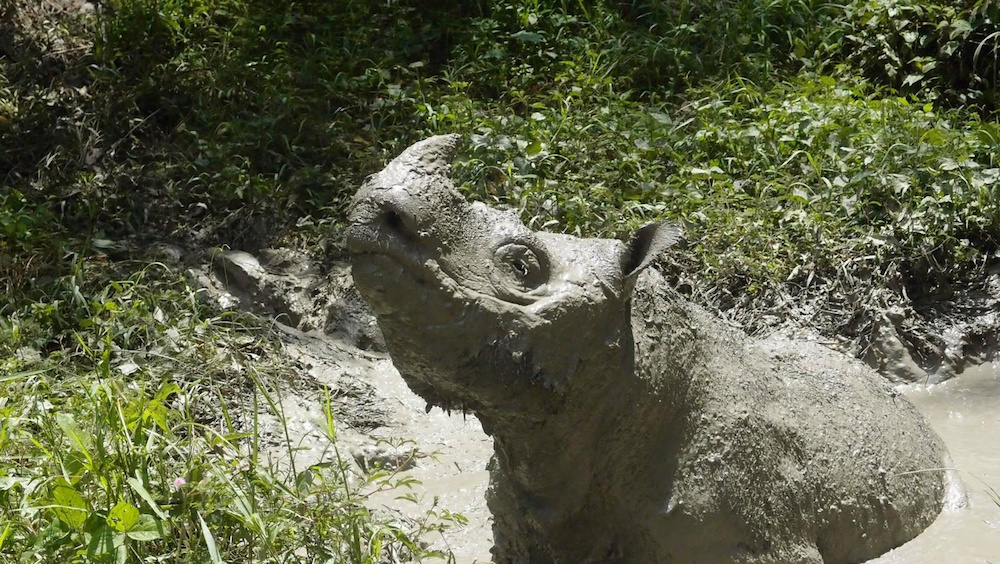KOTA KINABALU, MAY 29 — Preliminary reports from the autopsy of Tam, Malaysia’s last male Sumatran rhino that died on Monday, showed kidney failure due to inflammation and kidney stones, as well as liver disease.
Tourism, Culture and Environment minister Datuk Christina Liew said that aside from the medical discovery, they also found four lead pellets and that some fragments of his right thigh, neck, and the lower part of tail had been shot off.
“These would have dated from long before his capture in 2008 but are unlikely to have contributed significantly to his poor health,” said Liew in a statement here.
Liew, who is also deputy chief minister, announced that the tentative diagnosis of Tam’s final autopsy is chronic kidney disease with pyelonephritis (inflammation of the kidney) and renal calculi (kidney stones) accompanied by liver disease.
“Samples of the kidney, spleen, colonic lymph nodes, small intestines, heart and lungs have been sent for bacteriological and histopathological (microscopic) testing at independent laboratories,” Liew said.
“The immediate cause of death was hypovolemic shock as a result of massive bleeding within the abdomen.
“This in turn was a result of kidney failure (100 per cent in the right kidney, about 40 per cent in the left kidney) which had many negative implications on the body.
“In particular, the high amounts of nitrogenous metabolic waste products were not being filtered out, leading to toxaemia (blood poisoning) or azotaemia (a medical condition characterised by abnormally high levels of nitrogen-containing compounds in the blood), she added.
“During this end stage renal disease, severe glomerular and tubular permeability occurred, and uremic toxins built up in the circulating blood. In addition, the defects in the kidney resulted in inadequate secretion of hydrogen ions from the system, causing systemic acidosis (an excessively acid condition of the body fluids or tissues).
“The circulating urea, in particular, disrupted blood platelet function leading to excessive bleeding. The acidosis and impairment of platelets together caused the massive hemorrhage seen in the rhino’s abdomen,” she said.
Liew, however, said the precise origin of the kidney disease could not be determined but was chronic and linked to his old age.
“In addition, acidosis would have caused muscle degeneration, while the kidney disease would have caused anaemia by disrupting the hormone erythropoietin, secreted by the kidney for formation of red blood cells. The liver was jaundiced,” she said.
Tam’s death last Monday created headlines due to the real threat of extinction of the species. A maximum of 80 species is estimated to still be alive, in Indonesia’s Sumatra. The species was declared to be extinct in Malaysia a few years ago.



















